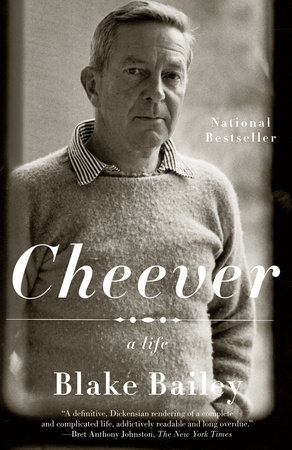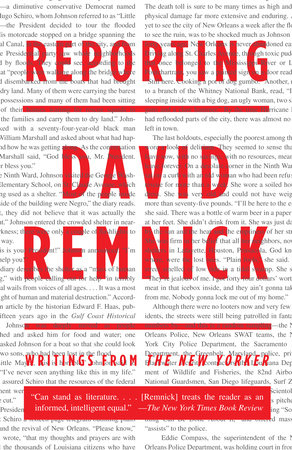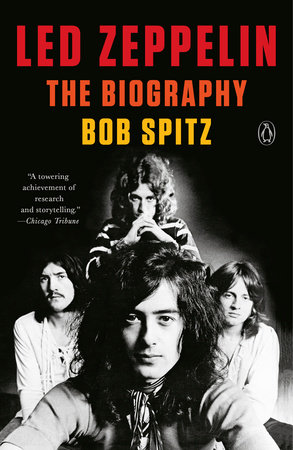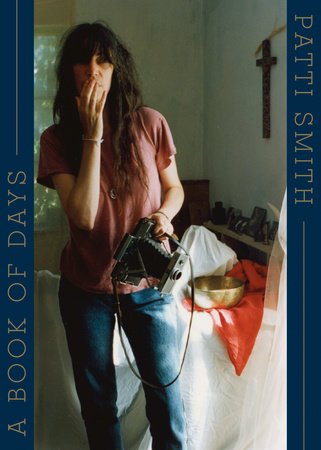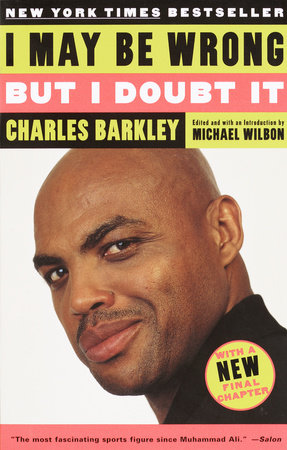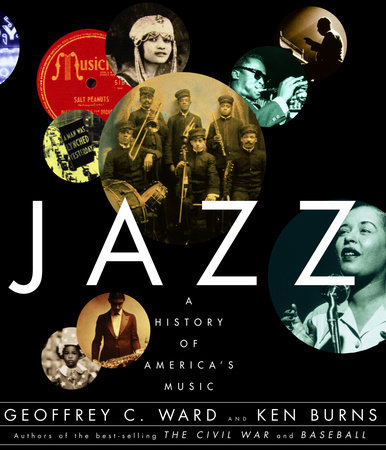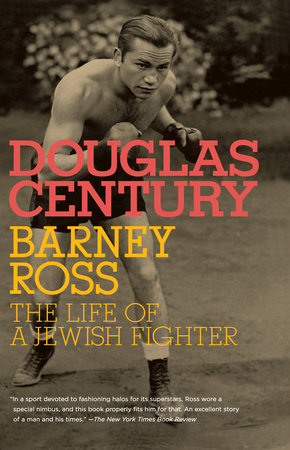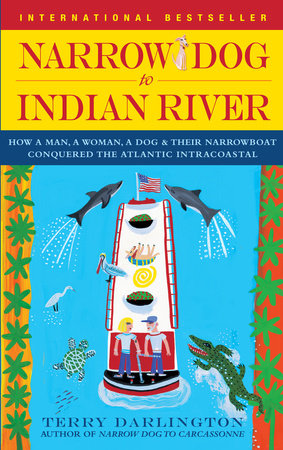Q: Your biography of Richard Yates, A Tragic Honesty, not only led to a resurgence of interest in Yates, but also got glowing reviews and was nominated for a National Book Critics Circle Award. What initially drew you to literary biographies?
A: What indeed? It was a total fluke. I’d published a book about the sixties, and then for several years I tried writing fiction, until I finally wrote a novel that was good enough to interest a decent agent, but not good enough to sell. She suggested I go back to nonfiction: “Write a book-proposal about a subject that interests you.” At the time, what interested me was Richard Yates—a writer of canonical importance (I thought) who’d never gotten the attention he deserved, and never mind the lurid life he’d apparently led. As it happened, my proposal coincided with a new Vintage reprint of Yates’s first and most famous novel, Revolutionary Road, as well as the imminent publication of his collected stories. The rest is (very minor) history.
Q: How did you come to write a biography of Cheever?
A: That, too, was something of a fluke. Cheever is one of my two or three favorite writers, and certainly I’d considered him as a subject, but at the time I had this fixed idea that I had to be the first biographer of a given writer—as with Yates—and Scott Donaldson had already published a Cheever biography in 1988. So I was still dithering around for a subject, when Janet Maslin wrote a very nice review of my Yates book for the daily New York Times. Now, it so happens that Maslin is Cheever’s daughter-in-law, and meanwhile she’d pressed A Tragic Honesty on her husband Ben, who wrote me a charming e-mail inviting me to appear on his book-chat show in Westchester. This I did, and we really hit it off. So afterward I was having dinner with Ben and Janet, and Ben made it clear, in so many words, that he’d welcome a new biography of his father. To make a long story short, I offered myself for the job and he graciously accepted.
Q: What access were you given to Cheever’s life that other researchers were not?
A: Basically, I was given access to everything—every old letter, photograph, clipping, scribbled memo, and derelict address-book the family could find. You name it. The main thing, though, was Cheever’s journal: the original is twenty-eight volumes or about four million words, only a fraction of which has ever been published. Scott Donaldson didn’t get to use anything in the journal but a tiny, expurgated scrap on deposit at Brandeis—maybe 30 pages out of more than 4,000 in the original. At the time, the family hadn’t decided whether to publish the journal in any form, and meanwhile they’d had a falling-out with Donaldson: Not only was he denied access to the journal, but also he wasn’t allowed to quote from Cheever’s letters and other writings (except within the very limited parameters of “fair use”—ten words or ten percent of a given document, whichever was less). For my part, I was absolutely free to quote as much as I pleased, and frankly I think that’s essential in Cheever’s case.
K N O P F Q & A
Q: In your endnotes, you remark that although Cheever was a man who hated to dwell on the past, he left a remarkable paper trail. You used his journals, as well as numerous interviews, to compile the facts presented in CHEEVER. Describe the process of your research.
A: Again, the family gave me a running start by loaning me a copy of the journal as well as anything else they could find; also, they suggested a number of people I should contact for interviews. From there, the momentum tends to build: you ask certain interviewees, for example, whether they know how to get in touch with X or Y, or just to suggest some names off the top of their heads, and on it goes. Also you make nice little discoveries in the course of regular library research. In the journal I kept finding references to Reuel Denney—the poet and scholar whose only claim to fame is having cowritten The Lonely Crowd (1950) with David Riesman and Nathan Glazer—who’d hitherto been regarded as a minor figure in Cheever’s life. So I found a cache of Denney’s papers at Dartmouth, and sure enough there were some thirty wonderful letters from a very young and effusive Cheever, just lying there, totally undiscovered. And they completely opened up a crucial period of his life—his apprenticeship in the thirties—that had been vaguely known, at best. Another happy accident was discovering the whereabouts of Cheever’s first real girlfriend, Dodie Merwin, who is now in her nineties. An article about me had appeared in the Boston Globe Magazine, and Dodie’s family in Cambridge dropped me a note suggesting I call her. Not only did she vividly remember Cheever—that is, the person he was then, which was quite different from the person(s) he became—but she was just a funny, insightful, very lovable person in general.
Q: Cheever once wrote, “I have no biography. I came from nowhere and I don’t know where I’m going.” As a biographer, how do you handle this? Do you think that your subject would have resented being chronicled?
A: Yes and no. Cheever had many different personae, and one of these was a rather austere Yankee who eschewed sentimentality and softness of any kind—this is the Cheever who threw away almost every letter he ever received. This is also the Cheever who claimed to find all publicity vulgar, and had a positive horror (for good reason) of having his privacy invaded. But there was another Cheever who adored fame and quite consciously cultivated a public image—that of a tweedy, bowtie-wearing, Labrador-breeding Westchester squire. This was the Cheever who, say, used to rent horses for photo shoots, so that readers would get the impression he was forever riding to hounds. Not only would that Cheever positively insist that his life be chronicled—and chronicled well, by God—but he might even laugh at some of the more sordid bits about bisexuality and so on. He finally began to see the humor in all that toward the end.
Q: Cheever’s alcoholism is now well known, and it was nearly his undoing. In what respect do you think it shaped him as a man or a writer?
A: Cheever had a gift that was separate from his alcoholism, but I doubt he would have been quite so driven to cultivate that gift were it not for the demons that drove him to drink. It’s not easy being a writer in America, much less a fiction writer. You’re not appreciated much. You’re not elected president like Václav Havel or appointed culture minister like André Malraux—in fact, people don’t know who the hell you are, and aren’t impressed when you tell them. In Cheever’s case this was complicated by the fact that he lived in the Westchester suburbs for most of his adult life, and rather coveted the good opinion of his neighbors. This meant he had to be the sort of man’s man who played touch football and scrub hockey all the time, who joined the volunteer fire department and so forth. Given Cheever’s secret life—at a time when any sort of sexual deviation was widely reviled—this was a strain, to say the least, and drove him all the more to drink. And just think of all those cocktail parties he had to attend, telling dentists and lawyers and advertising men that he was, well, a writer. According to Cheever, his neighbors would invariably reply that they themselves would have written any number of novels by now, if only they didn’t have to work.
Q: Cheever’s The Enormous Radio was published around the same time as J.D. Salinger’s Nine Stories, and you write that a comparison of the books was the basis of one of the most wounding reviews of Cheever’s career. What ultimately came of the rivalry between these two men?
A: Aside from his talent, Cheever’s way of clambering up the greasy pole was by dint of his incomparable charm, and he tried this vis-à-vis Salinger. A year after The Enormous Radio and Nine Stories were published in 1953, Cheever and the writer Jean Stafford thought it would be a good idea to publish a collaborative volume featuring a few of their stories and a few of Salinger’s—that way, critics would see how silly it was to pit one volume against the other, one writer against the other, as had happened to some extent with Cheever and Salinger. Also, of course, Cheever was being charming: One of his favorite maxims was, “Literature is not a competitive sport” (this despite his being one of the most competitive writers who ever lived), and so this was a chance for Cheever to prove that he regarded Salinger more as a friendly colleague than a rival. But Salinger wasn’t having any. He declined—politely—to participate in the collaborative volume (published as Stories in 1956), and Cheever had to recruit William Maxwell and Daniel Fuchs instead. I guess the simplest way to sum up the rivalry was that Salinger galled Cheever: At least until he stopped publishing in the sixties, Salinger was a household name while Cheever was still sweating away in the salt mines—and never mind that Cheever regarded himself (quite rightly, I think) as the better writer.
Q: Around the time of Cheever’s death, you note that he was ranked third (behind Bellow and Updike) in a Philadelphia Inquirer survey of living American writers whose work would be relevant for generations—incidentally, well ahead of Salinger. Do you think he would be on such a list today?
A: Oh no, definitely not. As I point out in my book, Cheever’s reputation has declined in recent years—or rather, he’s been forgotten somewhat by the general reader. And this is odd, since The Stories of John Cheever (1978) was perhaps the most successful collection of literary short stories ever published by an American writer. The book was on the New York Times bestseller list for six months and won almost every prize from the Pulitzer down. Which, come to think of it, might help to explain why critics—academic critics anyway—don’t bother with Cheever much anymore: maybe they figure, you know, any writer who sells that many books can’t be any good. Cheever was an astonishingly versatile writer, always evolving, and that makes it hard to pigeonhole him in some neat theoretical way. Some of Cheever’s work reads a bit like Chekhov, some like Fielding, some like Barth or Barthelme (both of whom he preceded, by the way, as a writer of surrealist fiction)—but finally he’s just Cheever. At any rate academics tend to throw up their hands, and literary reputations are perpetuated, after all, in the classroom.
But Cheever’s due for a revival. For one thing, other writers adore him, especially those of the (relatively) younger generation—Rick Moody and Dave Eggers wrote ecstatic forewords to recent reprints of the Wapshot novels—though Cheever is much too entertaining to be considered simply a “writer’s writer” (that terrible compliment). I hope my book does a little something to restore him to the bestseller list, not to mention the so-called canon; the forthcoming Library of America volumes should also help.
Q: Known initially as a short story writer, it seemed Cheever spent much of his life trying to write a successful novel. He was quoted saying that a short story has “the life expectancy of a mayfly.” Since he was his harshest critic, how did this influence his own view of his work?
A: I think Cheever was primarily a short story writer because he was a genuinely inspired writer—most of his best stories (though not all, by any means) were written quickly, in bursts of inspiration, after which he’d exhausted the subject and would move on to something else. Such a method is ill suited to the longer form, and so Cheever lingered for more than twenty-five years over his first novel, which finally became The Wapshot Chronicle. And this explains, too, at least somewhat, why Cheever’s novels tend to be a bit on the fragmented side, at least in terms of cause-and-effect narration, which Cheever never could take seriously anyway. This is not to say that the novels are incoherent: they have a high degree of thematic integrity—of craft—to say nothing of readability. You keep turning the pages.
Q: One of the popular responses to the publication of The Journals of John Cheever (1991) was that Cheever was, as opposed to his public image, a sad man, and it was a depressing read. Are you concerned about such a reaction to your book?
A: I don’t think readers of CHEEVER will conclude that my subject was a sad man. He was a very lonely man, certainly, who had a hard time getting outside of himself and relating to the world in a satisfactory way. Again and again—whether reading Cheever’s journals, or interviewing his friends or the odd psychiatrist—I got the impression of a man who was forever on guard, forever standing a little back and assessing his effect on people. Why write millions of words in a journal if you can just as easily share your thoughts with loved ones? But Cheever was singularly incapable of that. As his younger son Federico pointed out, "No one, absolutely no one, shared his life with him. There was no one from whom he could get honest advice. Of course, this state of affairs was very much his own doing, but it must have been hard sometimes." It was hard, but there were plenty of mitigating factors: for one thing, it’s a lot of fun to be a great artist—some of the time anyway—and he was a lovable man, too. He once described himself, aptly enough, as “a cheerful man of forty-five who has been given everything in the world he desires but a degree of unself-consciousness.”
Q: While working on CHEEVER, your home was flooded in the aftermath of Hurricane Katrina and you lost most of your belongings. How did this affect the book?
A: Hardly at all. I was fortunate in that one respect. I had finished transcribing the last of my research to my laptop, oh, maybe a week or two before Katrina hit. But I did leave a large box of photos behind—that is to say, all my Cheever photos, most of them provided by the family and utterly irreplaceable. My wife and I figured we’d be back in a couple of days, since really it hadn’t occurred to us that National Guardsmen would soon be trolling around our house in motor boats.
Thank God for my sensible wife! We were about to leave, and she asked “Where are the photos?” As I recall, they were on the floor next to my desk. My wife (rolling her eyes) put them on top of a big box inside an armoire. The water line came within four or five inches of them. As for my paper research—and one does need to return to that from time to time—it was almost completely salvageable, except for the copy of Cheever’s journal that Ben had loaned me. This had been on the bottom shelf of my research cabinet, and when I came home it was four linear feet of solid mold. Again, I’d already read and transcribed everything I needed, so no big loss, but still: I’d spent a lot of time—a lot of time—arranging the 4,000-plus pages in proper order. The original journal at Harvard (from which mine had been Xeroxed) is a bit of a mess, despite the efforts of an excellent staff: somehow, somewhere, certain volumes had been shuffled like decks of cards, and you need a very precise knowledge of Cheever’s life to put things back in order. So Katrina destroyed the only copy of the journal in the world that was chronologically accurate, more or less.
Q: What is your favorite Cheever anecdote or moment?
A: That’s like asking for my favorite Bushism: simply too many. Suffice to say, I laughed a lot writing this book. My wife would hear me tittering behind the door and wonder whether I’d lost my marbles.
